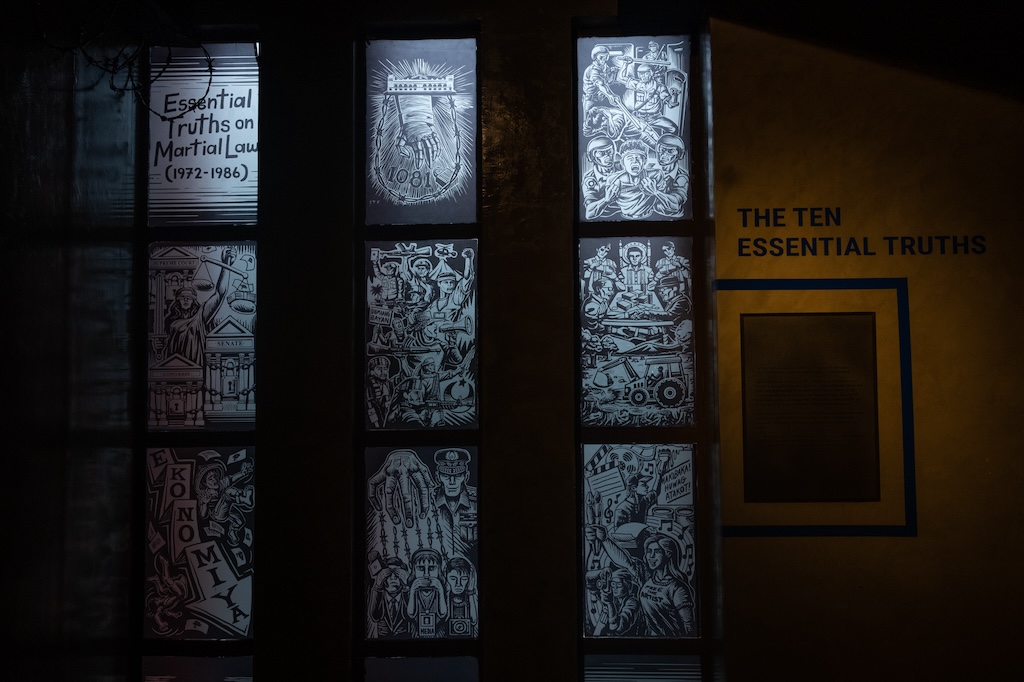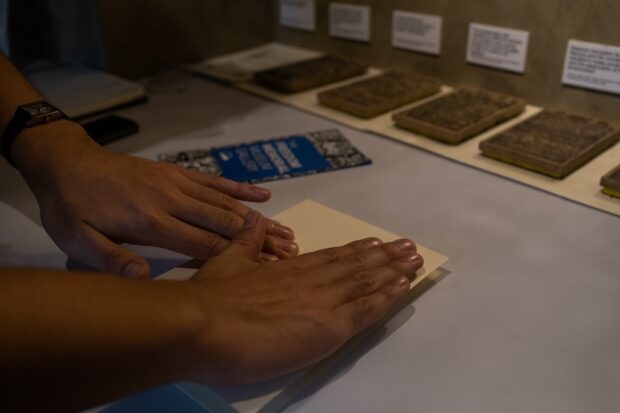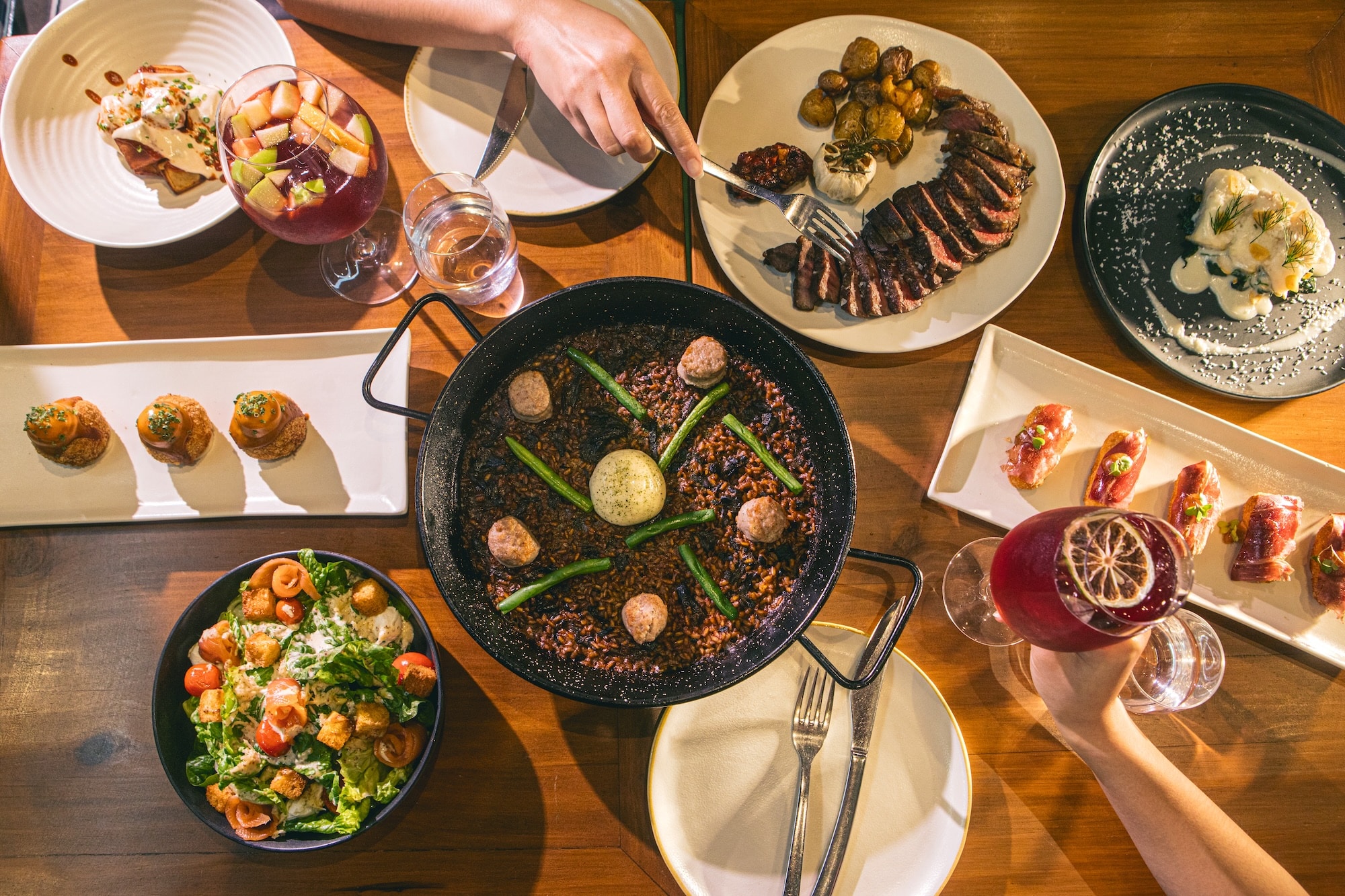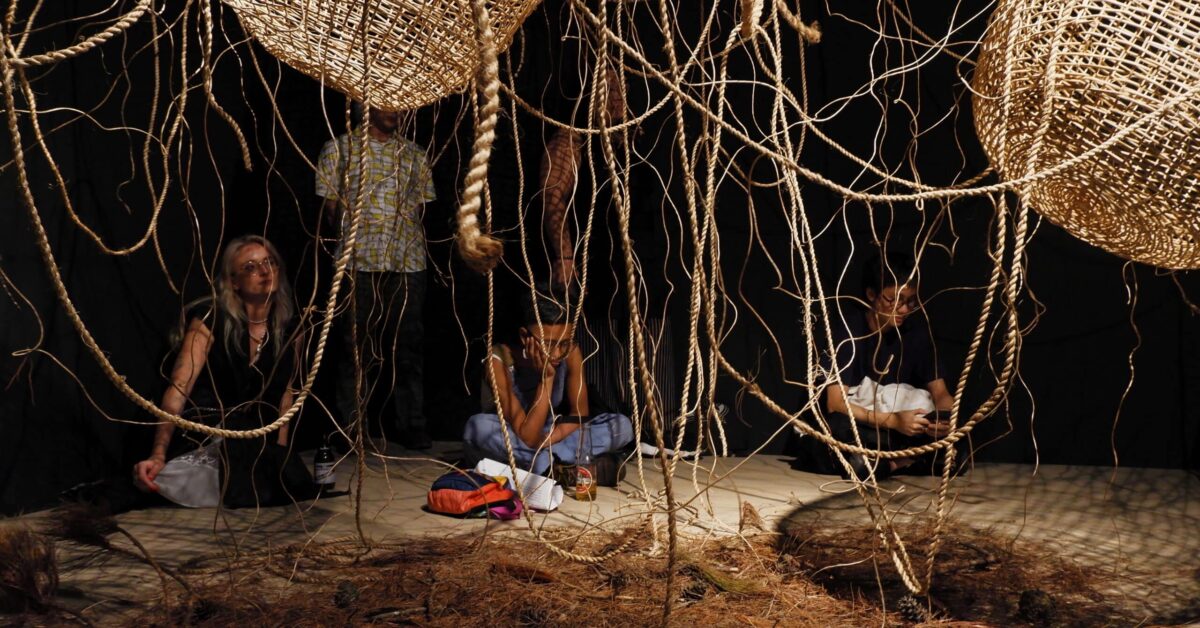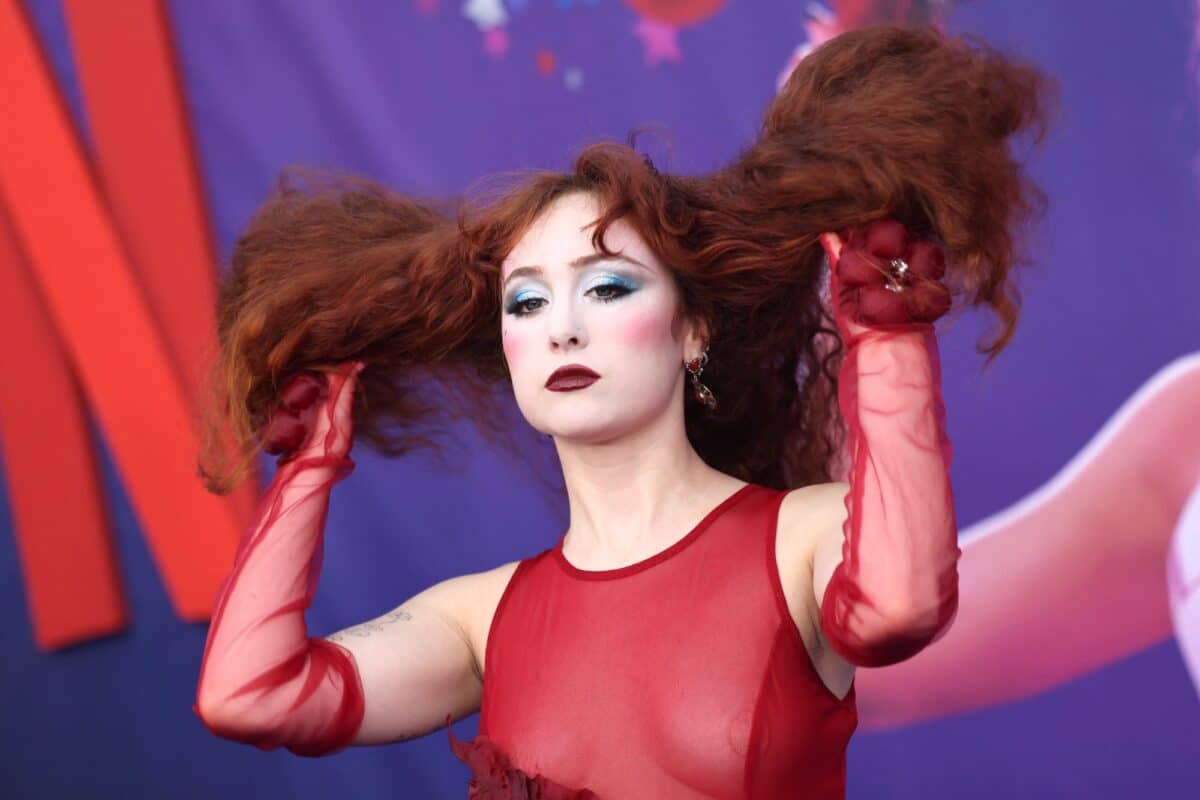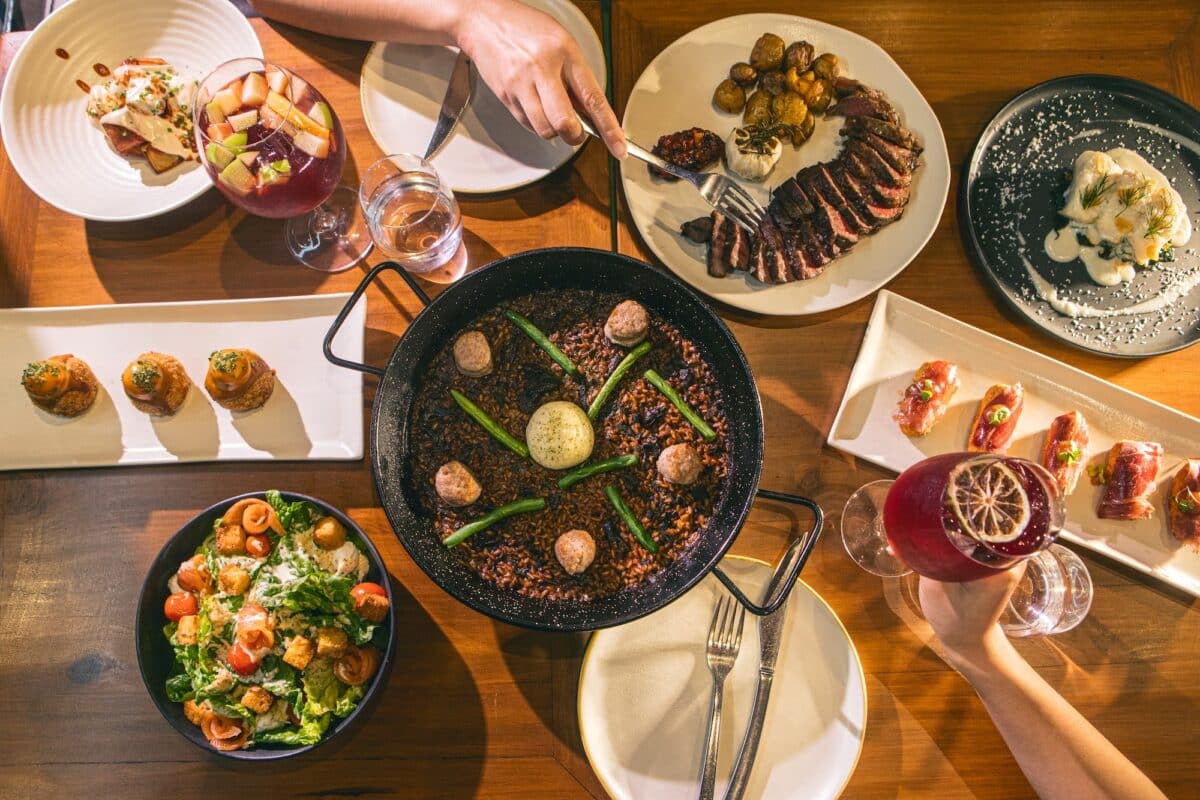While the Martial Law Museum awaits construction, the gallery shows glimpses of what could counter historical revisionism while paying respect to the victims of the dictatorship
“Never again, never forget” is a call to remember the horrors of Ferdinand Marcos Sr.’s dictatorship, and to remind the nation to learn from this dark part of Philippine history as it moves forward.
However, through the mythmaking of the “Golden Age,” edifice complexes, and insistence on sharing their side of martial law, the Marcoses were able to appeal to the Filipinos’ psyche and memory and return to power, while erasing the narratives of martial law victims and their 20-year plunder of the country.
Memory studies scholar and associate professor Jocelyn Martin wrote in her study “From Dictator to Hero: Marcos, Heroes Cemeteries, and Sites of Cultural Memory” that the Marcoses have invested in “lieux de mémoires” or memory space, and by institutionalizing their power through cultural sites such as museums and the burial of Marcos in the Libingan ng mga Bayani, the family reconstructs their power.
“Cultural memory also reconstructs knowledge and, therefore, instructs. The Marcoses, as seen in the examples above, have shown their cunning in narrative-making via their museums, edifices, and videos,” Martin wrote.
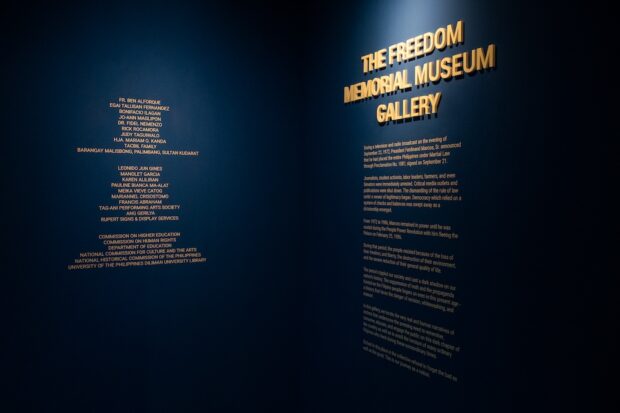
On the other hand, martial law survivors continue to seek justice for almost 40 years since the family was ousted. Now the battle for justice has also become a battle for memory and truth. Survivors have been calling for the construction of The Freedom Memorial Museum to institutionalize and remember this history, however, the museum still hasn’t begun construction, since it was launched in 2016.
Freedom Memorial Museum Gallery
The Human Rights Victims Reparation and Recognition Act was enacted in 2013. It grants compensation to the victims of human rights violations under Marcos Sr.’s martial law. The fund also covers the construction of the P500 million Freedom Memorial Museum, which honors the martyrs and victims who fought for the democracy of the Philippines.
While the museum was launched in 2016, the construction has been delayed for several years because of arduous bureaucratic processes, the change of administration, and difficulty in finding a location to build the memorial.
Unable to build the actual museum, the Human Rights Violations Victims Memorial Commission (HRVVMC), the commission tasked to build the Freedom Memorial Museum, set up a human rights violations gallery at Panay Avenue, for now.
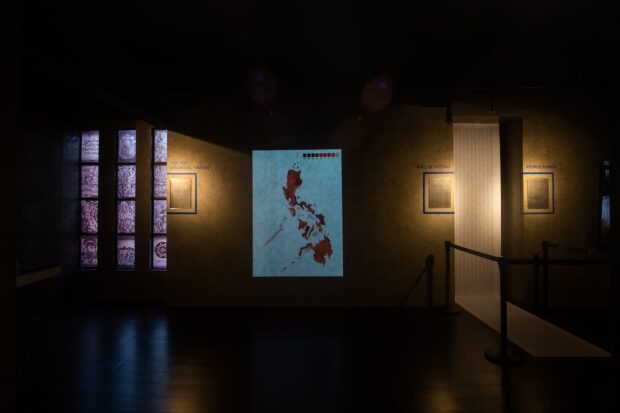
James Olaivar, officer-in-charge of the museum division, explained that the gallery is divided into 10 sections that feature different parts of Philippine history under martial law.
Entering the gallery, the viewer is confronted by “Dark Memories,” which features images and personal stories of martial law victims. Across it is a Human Rights Violation Heat Map.
“We made a violations heat map to highlight that these cases weren’t limited to Metro Manila, and were spread all over the archipelago. But we also recognize that what we were able to include were only recorded data and that there could have been more violations, which weren’t recorded and therefore not reflected in the heat map,” says Olaivar.
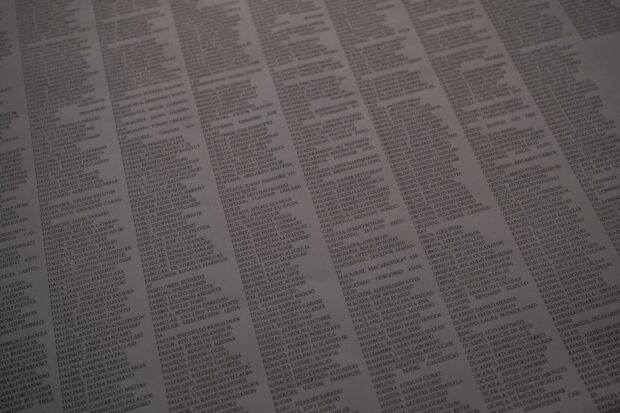
Beside the Human Rights Violation Heat Map is the “Roll of Victims” that lists the names of human rights violations victims. In the original memorial museum plan, the Roll of Victims will have the roster inscribed in a larger format to honor the memory of victims.
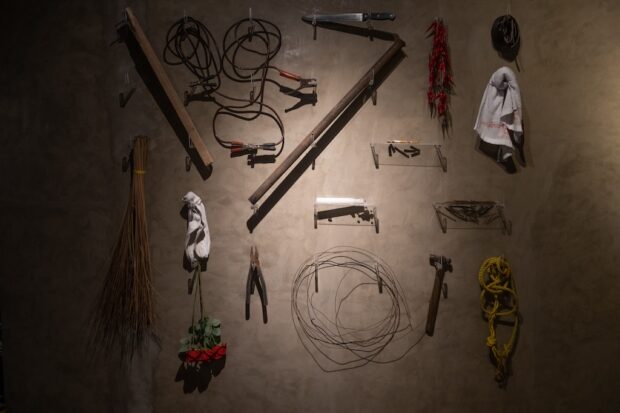
The Wall of Torture features objects that were used for torture during the martial law years. According to Olaivar, the gallery wanted to show that state forces used ordinary items such as peppers and cigarettes to torture victims.

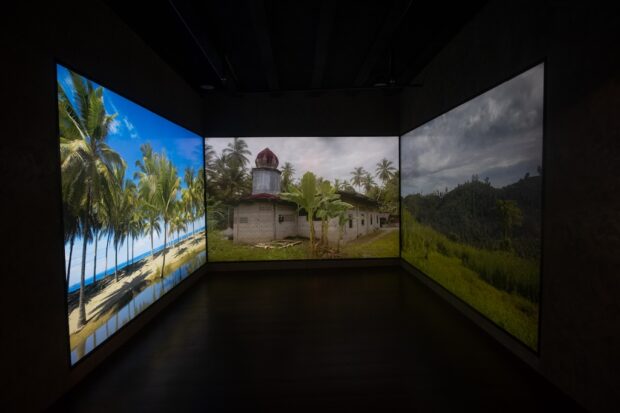
Photographs of violent dispersal seen during the martial law years often showed protests concentrated in Manila, especially after the start of the First Quarter Storm. Still, human rights violations were rampant all over the country.
In Mindanao, thousands of male Moros were gunned down inside a mosque in the Municipality of Palimbang, while children and women were detained, and 300 women were segregated and raped by state forces. According to a report on Vera Files, the massacre was committed by military forces “to suppress the growing armed Moro movement.”
In this corner, a recorded sound installation composed by Bonifacio Ilagan is performed by Tag-Ani Performing Arts Society. It plays on a loop with the images.
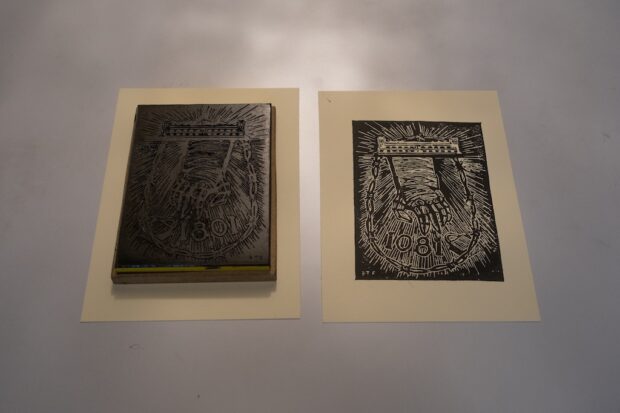
Martial law survivor and Filipino social realist painter Edgar “Egai” Talusan Fernandez designed linocut prints on the 10 essential truths about martial law with artist collective Ang Gerilya. These designs can be replicated in a small printmaking area where museumgoers can make and take home their own prints.
The battle for memory
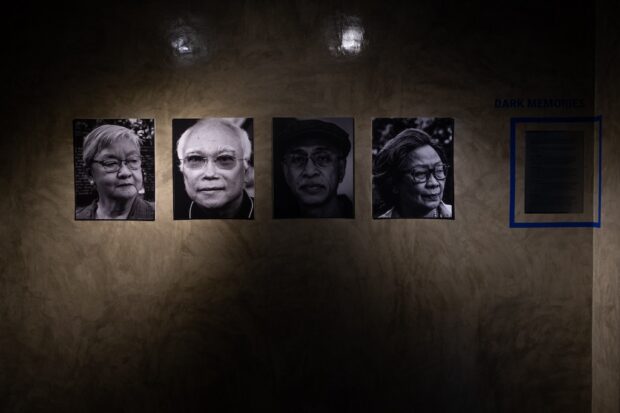
Martial law survivor and former Department of Social Welfare and Development Secretary Judy Taguiwalo said that she is happy to see that there is at least a physical museum to tell the truth. In March 2024, she held a talk in the gallery together with fellow survivor journalist Jo-Ann Maglipon about their experiences as women under martial law.
The gallery, launched in February 2024, is contained in a less than 100-sq.m. space on the second floor of the MIYO 150 Corporate Center, Panay Ave. in Quezon City. It shares the same building as the HRVVMC, one of the lowest-funded government offices.
“While we’re happy that this exists, this small space also means that this isn’t enough, and we need a larger space fully dedicated to honor the sacrifices of martial law victims, and that is the Freedom Memorial,” says Taguiwalo.
Taguiwalo hopes for the construction of the 1.4-hectare Freedom Memorial Museum to begin at least in their lifetime since survivors are already old and are dying one by one.
“We are hoping for this to be built because this is a win for martial law survivors and their supporters in the Congress. The museum shows not only the victimization during martial law but also the courage and struggle of different sectors in fighting for democracy,” adds Taguiwalo.
Currently, the Campus Maintenance Office (CMO) of the University of the Philippines Diliman stands on the land where the Freedom Memorial Museum will be built. As part of the bargain for the land, the HRVVMC has to build a relocation site for the UP CMO.
HRVVMC Executive Director Carmelo Crisanto said that the commission has fulfilled its end of the bargain for the P80 million structure to build the relocation site for UP CMO. However, the handover ceremony has not yet been finished.
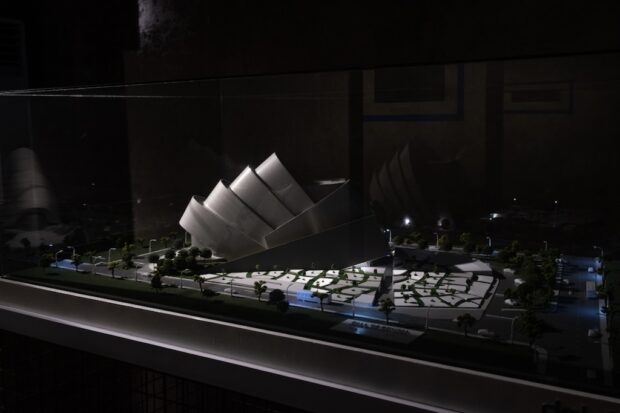
Crisanto admits that when he first began office in 2017 he believed that he could build the Freedom Memorial Museum during his term, but his service is coming to an end in 26 months, and to build the museum with all the paperwork will take more than that.
“With that time, if all the paperworks are finished, I can build the structure,” says Crisanto. “But I cannot outfit the galleries. I will not see it.”
In the aforementioned research by Martin, she quotes anthropologist Chiara De Cesari and memory studies scholar Ann Rigney’s “Transnational Memory: Circulation, Articulation, Scales” saying that “mediated acts of remembrance help to create new narratives and displace or marginalize others.”
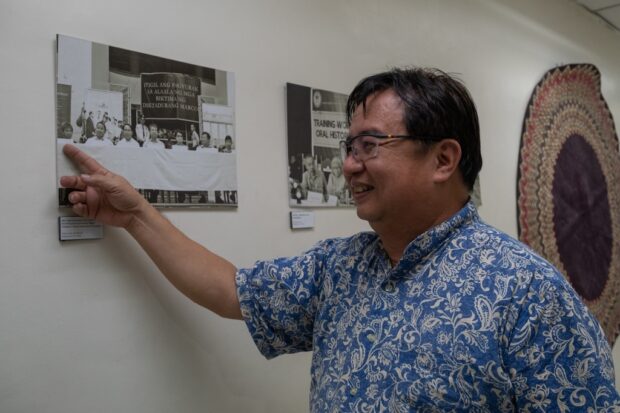
Today, the dictator is buried in the Libingan ng Mga Bayani while Taguiwalo and thousands of martial law victims still seek justice. The 1.4-hectare Freedom Memorial Museum, a memorial that could counter the Marcos’ edifices and mythmaking, while in the talks, is still in papers.
“The delay isn’t surprising as anything that deals with human rights issues slowly progresses in the Philippines,” says Taguiwalo. “But this is the reason why we discuss these matters and continue asserting. We have to keep on campaigning and explaining why we are doing this because we are on the side of the truth.”
Three days after the construction delay was published in the news, the HRVVMC and UP announced in a joint statement that the deed of transfer will be formally signed on Sept. 27.
“The transfer will pave the way for the clearing of old structures and start of construction at the future site of the Freedom Memorial Museum, which will serve as a vital educational resource and a poignant reminder of our nation’s history.”
The Freedom Memorial Museum Gallery is open Tuesdays to Sundays from 9:00 a.m. to 5:00 p.m.

